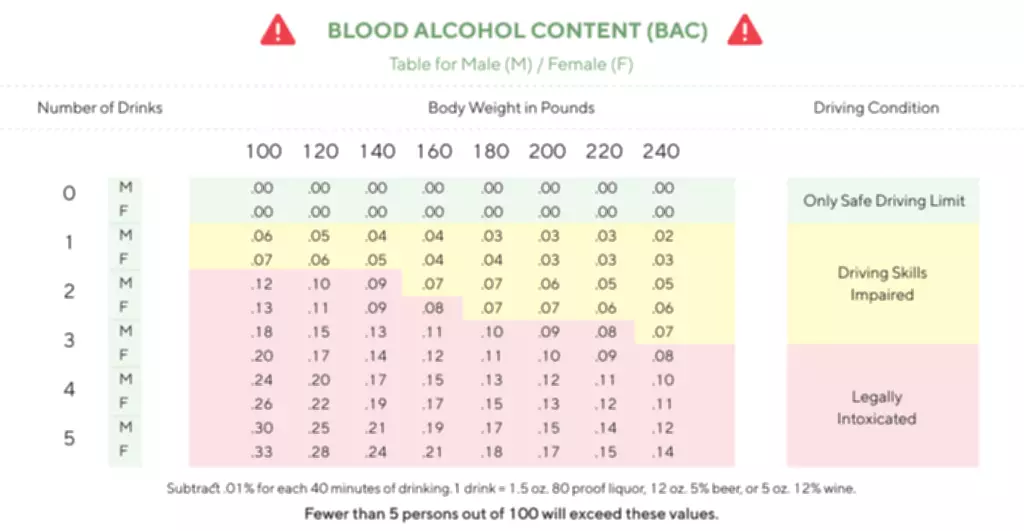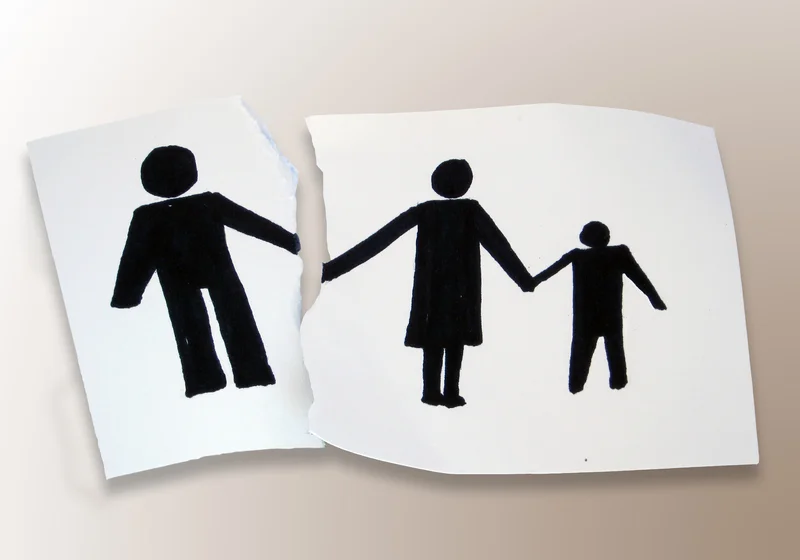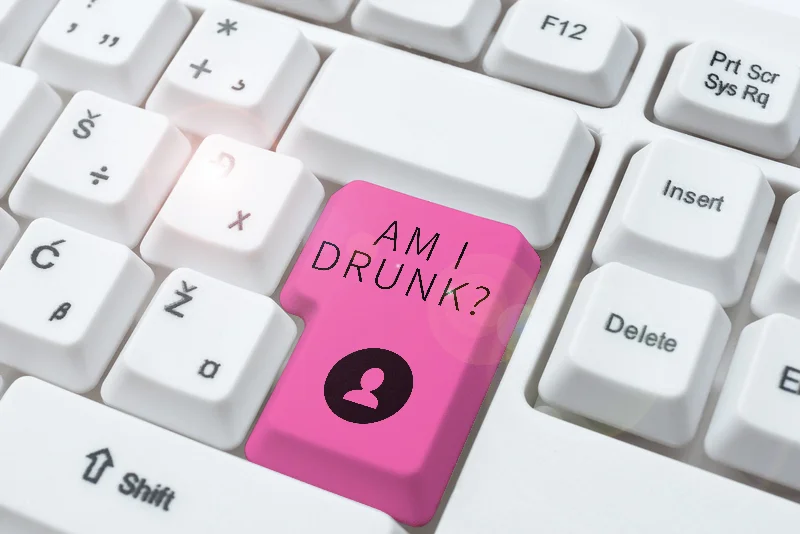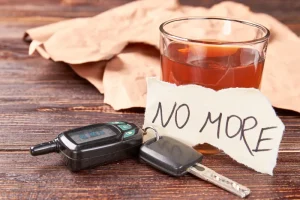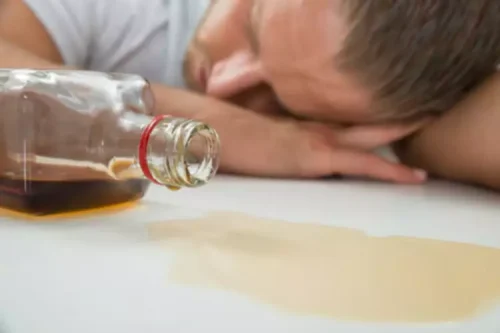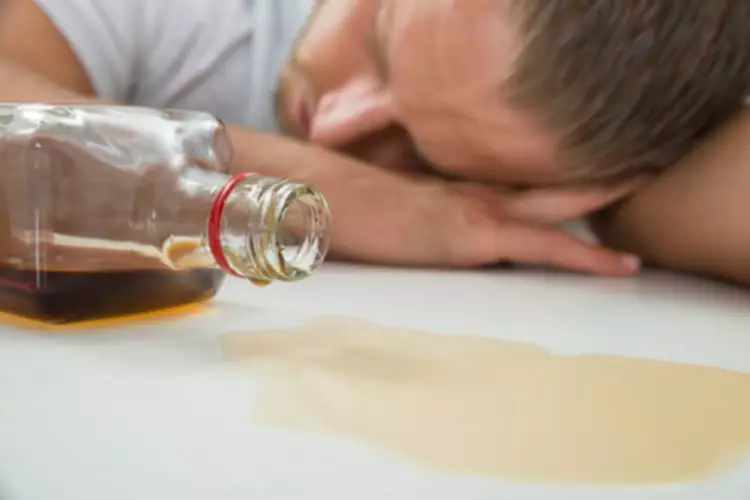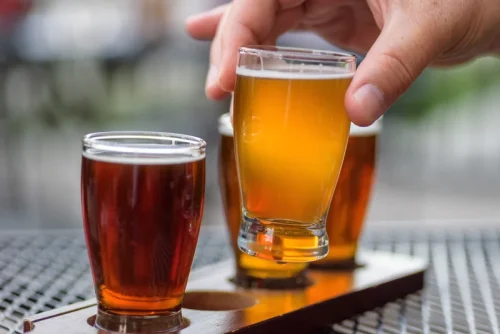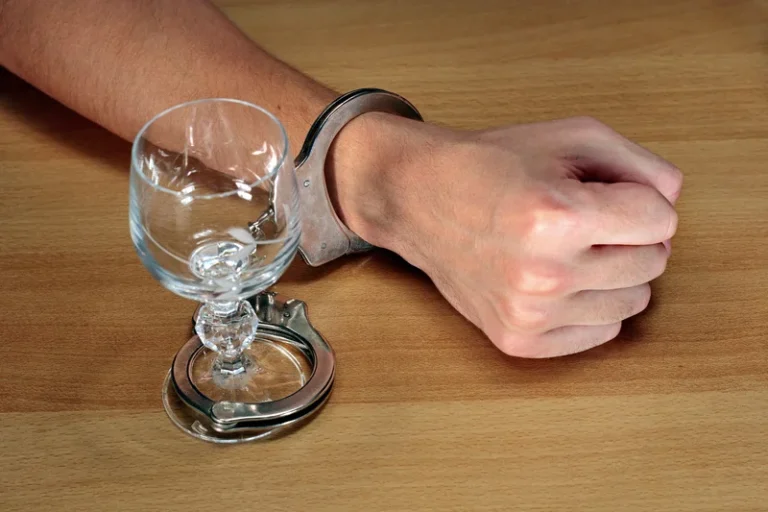The Acibadem Healthcare Group is at the forefront of epilepsy research and treatment. Their commitment to advancing our understanding of epilepsy and providing high-quality care for individuals with this condition is commendable. Seizures occur when there is a sudden, abnormal burst of electrical activity in the brain. These electrical disturbances can cause a wide range of symptoms, depending on the area of the brain affected. Common seizure symptoms include convulsions, loss of consciousness, muscle rigidity, sensory disturbances, and altered feelings or emotions. Drinking alcohol poses real risks to everyone’s health, and it can be especially risky if you have epilepsy.
Epilepsy and alcohol – an introduction
Consuming alcohol makes it even more dangerous, and it is never a good idea to combine drinking and driving, even in small amounts. Stay informed with the latest health tips, expert advice, and inspiring stories. If you do decide to use CBD it’s important to let your epilepsy specialist know as it might affect the way your existing ASM works. Additionally, if a seizure cannot be stopped or multiple seizures occur in rapid succession, it could result in permanent injury or prove fatal.
It’s important to always talk with your doctor about whether it’s safe to consume alcohol with your medication. Alcohol and some antiseizure medications can have similar side effects, and taking them together can cause potentially dangerous complications. In another 2020 study, researchers found that people with epilepsy were more 5 times more likely to die from alcohol-related causes than people without epilepsy. Not every brain tumor patient will have seizures, but they’re more common with tumors located in certain areas, like the frontal or temporal lobes. Glioblastomas and gliomas, astrocytomas, and oligodendrogliomas, for example, are more likely to cause seizures than some other types of brain tumors.
For most people, brain function returns to normal after a seizure, but recovery time varies. If Aptiom doesn’t come with paperwork, you can ask your pharmacist to print a copy. If you need help reading or understanding this information, ask your doctor or pharmacist. Cannabis (often called marijuana) and cannabis products, such as cannabidiol (CBD), have not been specifically reported to interact with Aptiom. However, Aptiom and cannabis can cause some similar side effects, such as drowsiness and dizziness.
Before you start treatment with Aptiom, tell your doctor and pharmacist about any prescription, over-the-counter, and other medications you take. By sharing this information with them, you may help prevent possible interactions. Usually, epileptic medication can impact your ability to drive safely, so you should discuss this with your doctor. If your medication allows drinking, only drink a few drinks, and make sure to drink slowly.
Lifestyle Changes to Support Epilepsy Management
Their expertise provides essential insights into the mechanisms and interactions involved, which ultimately enhance the care provided to individuals with epilepsy. Prenatal exposures, such as exposure to alcohol and drugs during pregnancy, have been linked to an increased risk of epilepsy in children. Similarly, traumatic brain injuries, such as those resulting from accidents or sports-related activities, can damage the brain and trigger epileptic seizures. In some cases, epilepsy may be inherited from a family member who also has the condition.
Epilepsy Society’s confidential helpline is available for anyone affected by epilepsy.
So if you use cannabis or cannabis products with Aptiom, you may have a raised risk of these side effects, or they may be worse. Keep in mind that the following information does not include all possible Aptiom interactions. If you have questions about taking Aptiom with birth control pills, talk with your doctor or pharmacist.
Epilepsy and Alcohol: Understanding Risks and Effects
- Independent predictors for the occurrence of alcohol-related seizures within the last 12 months in patients with epilepsy.
- Research data suggests a 2-4 times increased likelihood of adverse reactions when first-degree relatives are affected.
- Moderate to heavy alcohol consumption is never recommended for people with epilepsy.
- Initially, the inhibitory gamma-aminobutyric acid (GABA)-ergic effect of alcohol exerts CNS depressant and anticonvulsant properties (4, 5).
Multiple studies have documented the physiological mechanisms through which alcohol affects neural pathways and potential seizure thresholds. Regular consultation with healthcare providers enables ongoing risk assessment and strategy refinement. Documentation of experiences and concerns facilitates informed medical guidance. Multiple studies have established that individuals with family histories of specific neurological conditions exhibit heightened sensitivity to alcohol’s effects.
Taking medications as prescribed, attending medical appointments, and monitoring your condition closely will help ensure optimal management of your epilepsy. Acibadem Healthcare Group’s commitment to research, innovation, and patient-centered care positions them as leaders in the field of epilepsy and alcohol. Their dedication to improving the lives of individuals with epilepsy sets a benchmark for excellence in healthcare. Some infections, such as meningitis or encephalitis, can affect the brain and increase the risk of developing epilepsy. Additionally, certain medications, when used in high doses or in combination with other substances, may also increase the likelihood of seizures.
The combination may intensify the sedative effects of both substances, leading to drowsiness, dizziness, and impaired coordination. Alcohol can also interfere with the absorption and metabolism of certain epilepsy medications, reducing their effectiveness. The interaction between alcohol and epilepsy presents several risks that individuals with epilepsy should be aware of. That being said, there is evidence that alcoholism could cause long term epilepsy too. One theory is that when someone repeatedly binges on alcohol and then withdraws, it gradually causes permanent changes in the brain. These changes mean that the person would be more likely to have seizures in future, even if they stopped drinking alcohol altogether.
Chronic Kidney Disease Mineral and Bone Disorder
There is evidence that people who have uncontrolled seizures are more likely to have seizures after drinking (but people with controlled seizures could also be at risk). If you have any concerns aboutdrinking alcohol it’s a good idea to ask your doctor, that way you can learnmore about epilepsy and alcohol how drinking may affect your ASMs or particular type of epilepsy. Clearly, people diagnosed with epilepsy have different answers to the question, “Does alcohol affect epilepsy?
Professional counseling services can help individuals address the emotional and psychological aspects of living with epilepsy and managing alcohol-related concerns. Licensed therapists or counselors experienced in working with epilepsy patients can offer guidance, coping strategies, and provide a safe environment to discuss your feelings, fears, and challenges. They can also assist in developing healthy coping mechanisms and improving overall well-being.
Learning more about your own epilepsy and treatment means you can make informed choices about your lifestyle. We cannot exclude that subjects might have been more prone to seizure occurrences due to AED non-adherence. Furthermore, we cannot exclude hypoglycemic episodes caused by acute heavy alcohol consumption (26), which may have contributed to the manifestation of epileptic seizures (27). In the study population, generalized genetic epilepsy was an independent predictor for the occurrence of alcohol-related seizures. The mean alcohol intake prior to alcohol-related seizures was not higher in patients with generalized genetic epilepsy than in subjects with focal epilepsy. Lennox stated that alcohol-related seizures had occurred more often in patients with symptomatic than in cryptogenic or idiopathic epilepsies (1).
Studies indicate that alcohol binds to specific sites on GABA-A receptors, increasing chloride ion flow into neurons. Research indicates that approximately 50 million individuals globally live with epilepsy, with prevalence rates varying significantly between regions. Talk with your doctor or pharmacist to check whether you’re due for any vaccines. If you’d like to learn more about eating certain foods during treatment with Aptiom, talk with your doctor. It’s possible for drugs to interact with supplements such as vitamins and herbs.
Family History Significance
For example, alcohol may reduce the levels of some anti-seizure medication (ASM) in your blood or alter their effectiveness in the brain. Combining ASMs with alcohol may also increase the side effects of medications, such as dizziness or drowsiness, and may also increase your risk of liver problems. The choice about whether to drink alcohol as someone with epilepsy goes beyond, “Does alcohol cause epileptic seizures? ” You need to consider more factors than just the alcohol itself — especially your medications. Be sure to ask your doctor about the effects of alcohol on any medications you might be taking.
Physical exercise, yoga, meditation, and other wellness practices can enhance overall well-being and help manage epilepsy effectively. Participating in these activities can also provide opportunities for social interactions and support from like-minded individuals who understand the challenges of living with epilepsy. It is also important to note that alcohol can interact differently with various epilepsy medications. Some medications may intensify the sedative effects of alcohol, leading to increased drowsiness and impaired coordination. Mixing alcohol with certain medications can also heighten the risk of side effects, such as dizziness and confusion.
While alcohol itself is not a direct cause of epilepsy, it can interact with other risk factors and trigger seizures in susceptible individuals. Alcohol dependence occurs when the body becomes accustomed to regular alcohol consumption. Over time, the brain adapts to the presence of alcohol and adjusts its functioning accordingly. When alcohol intake is abruptly ceased, the brain struggles to readjust, leading to various withdrawal symptoms, including seizures.










